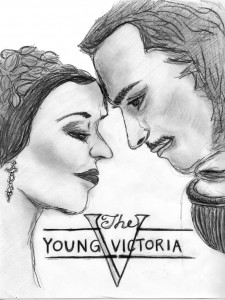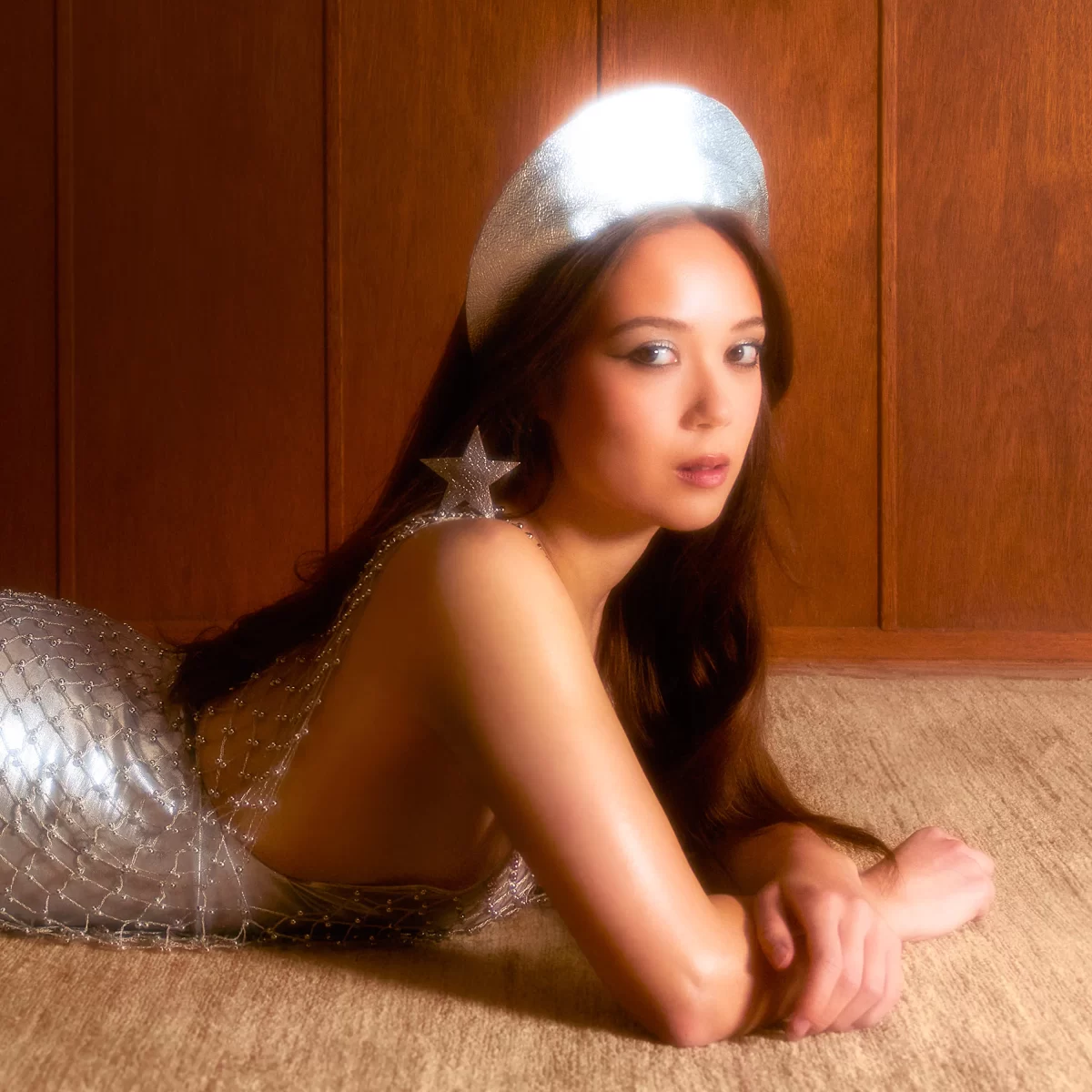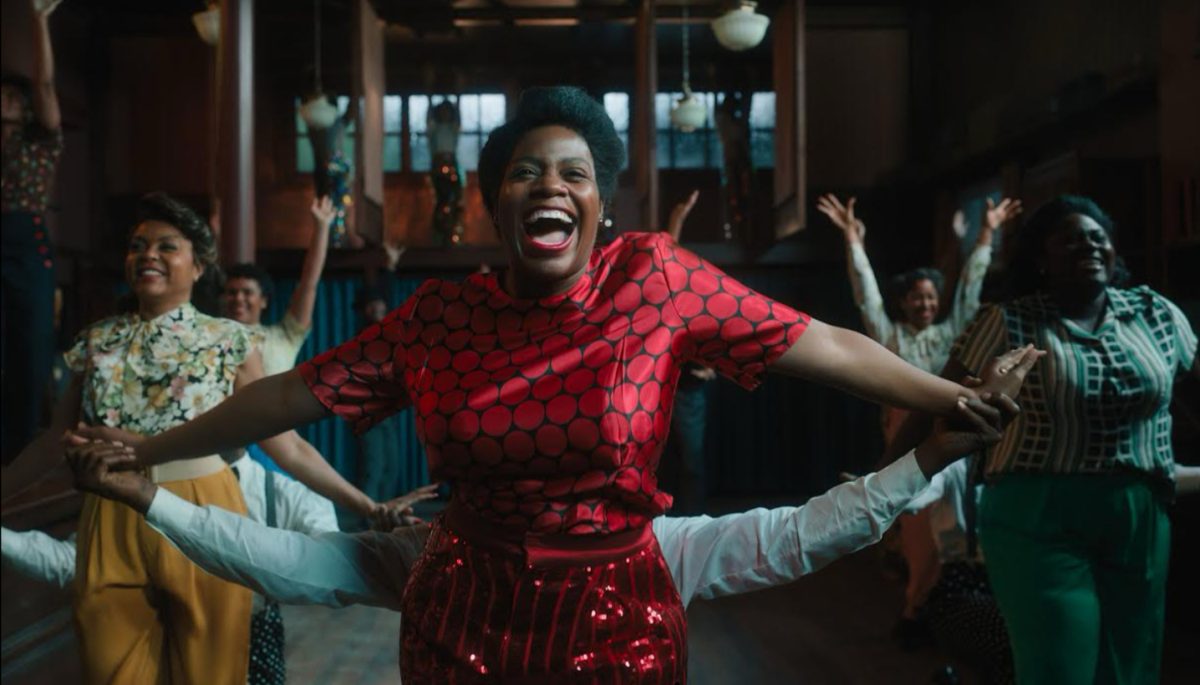When one visualizes a detailed, traditional image of Queen Victoria, a peculiar portrait is often produced. The general public usually depicts the famed eighteenth century ruler with a scowling expression, pursed lips, and cloaked in black mourning garb.

Indeed, the textbooks of this century reinforce such as image, only discussing the details of the monarch’s political achievements rather than personal details. In the tenth addition of the European history textbook “A History of the Modern World†Victoria is merely described as giving “her name to a distinguished era of material progress, literary accomplishment, and political stabilityâ€. The new film “The Young Victoria†attempts to look beyond Queen Victoria’s many accomplishments. The film, rather, is an exploration of her emotional development into the rule she eventually became.
“The Young Victoria†is aptly titled as it is based around the accession of the throne and the early years of reign. Canadian Jean-Marc Vallee directed the film and Julian Fellowes, who is familiar to period dramas with works such as 2004’s “Vanity Fairâ€, wrote the screenplay. Martin Scorsese and Sarah, Duchess of York produced.
Since Victoria enjoyed a 63-year reign (the longest to this date of any British monarch), many directors would attempt to show the sprawling entirety of her life in a single motion picture. Vallee, however, opts out of showcasing the conventional view of Victoria by focusing on the lesser-known intricacies of Victoria’s early years and romance with her future husband, Prince Albert. This is an intelligent decision, as the viewers truly discover the figure’s emotional vulnerability and strength in developing into a successful ruler.
The film begins with a “young†Victoria, only aged 17. Viewers are shocked by the brutal showcasing of the “Kensington Systemâ€- a strict and elaborate set of rules designed by Victoria’s mother, the Duchess of Kent, and her attendant Sir John Conroy upon the young princess. The system, as implied in the film, was aimed at rendering Victoria dependent upon the tyrannical pair because of their own royal aspirations. Until she became Queen at 18, Victoria was kept isolated from other children, never allowed to be apart from her mother or governess, and was not permitted to walk down stairs without an escort. The limitations of the society of the era is clearly evident throughout the film.
Political tensions ensue as it is revealed that Victoria’s uncle, King William IV is ill. Her guardians work more than ever to force Victoria sign an agreement to a future British Regency, ruled by her mother. During this time, Victoria meets the sensitive Prince Albert of Saxe-Coburg and Gotha, her uncle King Leopold of Belgium’s top choice for her future husband. Prince Albert sympathizes with her emotional suffocation and the two develop a strong bond largely shown through their letters.
After her accession of the throne, Victoria acquires a previously unknown type of freedom- banishing her mother and Sir Conroy to a distant quarter of the palace. The majority of the film follows her early struggles in politics as she becomes under influence of the prime minister, Lord Melbourn, who was a stubborn realist and Whig.
Throughout the political confusion, Prince Albert remains constant and loving in his letters to the Queen. The film follows their romantic development during his visits and the later challenges in their later marriage. In the end, the two find both political and romantic unity in one another, a charming and sweet message.
The most poignant feature of the film was the extraordinary acting of Emily Blunt as Victoria. She enlivens the plot, which can often move at a stately pace in the midst of relatively dry political intrigue. Blunt depicts Victoria as a lively, typical teenaged girl while enrapturing audiences with her bold royal demeanor. Fittingly, Blunt was nominated for a Golden Globe Award for Best Actress for the film. She embodied its emotional power, charm, and beauty.
Another notable addition to the cast is Rupert Friend, who portrayed Prince Albert. He captures the sincerity and patience in the character of Albert- who kindly waits for her to propose to him, as the Queen must initiate marriages for herself. He portrays an awkward Albert, in one scene attempting to learn the waltz to please Victoria. He defines the sweetest moments of the film, particularly in the early marriage bliss of the couple.
The two villains of the film- Paul Bettany as Lord Melbourne and Mark Strong as Sir Conroy fill their roles perfectly. Bettany accurately shows the murky motives of Melbourne. His face fills with disgust as Victoria shares her ideas for improving the lives of the working poor. His statement, “How inspiring†in response to Albert’s plans for housing reform is appropriately disdainful. Strong displays even more menace as the tyrannical nobleman, and is also the villain of the blockbuster hit “Sherlock Holmesâ€.
The beauty of the scenery, costumes, and musical score has been unmatched in many contemporary films. A visual east of sumptuous colors fills the viewer- whether it’s the flowery gardens of the palaces or the bright patterns of Victoria’s gowns. The social norms in dress of the period were clearly and beautifully shown.
“The Young Victoria†is a visually stunning exploration of the political and emotional struggles of the early Queen Victoria. Her relationship with Prince Albert establishes the passionate strength of both the film and of the Queen herself.





